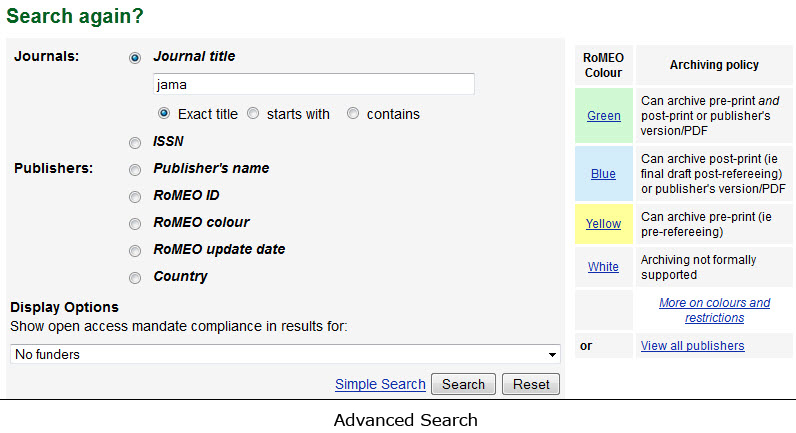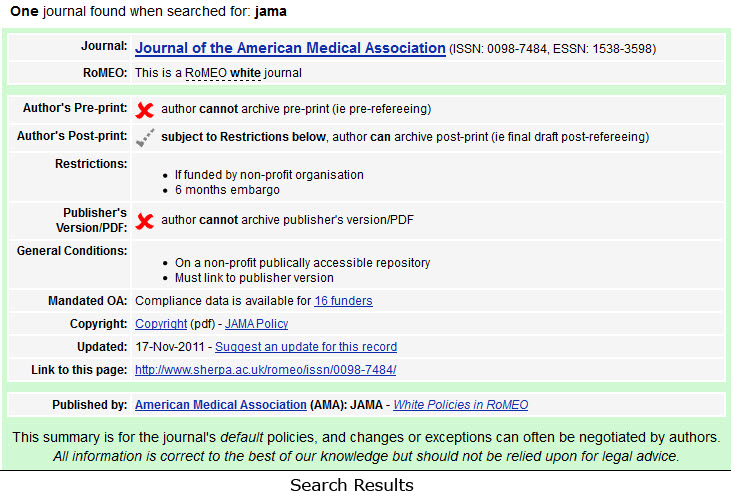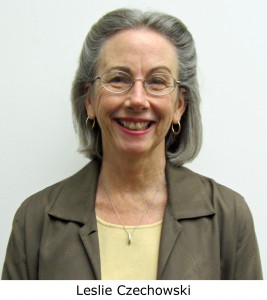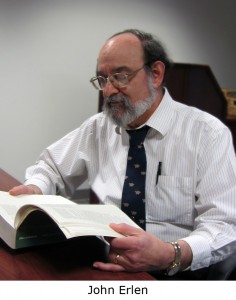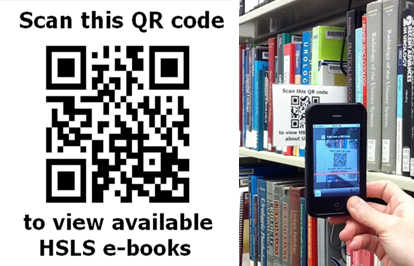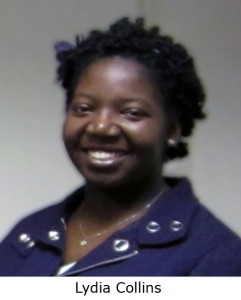The fourth and concluding part of this series on the use of photography in medical books explores Richard Barwell’s On the Cure of the Club-Foot without Cutting Tendons and on Certain New Methods of Treating Other Deformities (1865). This edition features early photographs known as albumen prints.
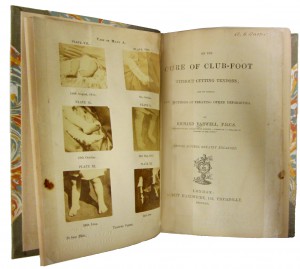 Albumen prints were developed by Désiré Blanquart-Evrard in 1850. Because they were easy to use by professionals and amateurs alike, they quickly became the print medium of choice. They were printed from Collodion (wet) negatives, which dominated photography in the second half of 19th century, and were set in wooden printing frames exposed to direct sunlight. The print was then removed from the frame and processed in a lit room.
Albumen prints were developed by Désiré Blanquart-Evrard in 1850. Because they were easy to use by professionals and amateurs alike, they quickly became the print medium of choice. They were printed from Collodion (wet) negatives, which dominated photography in the second half of 19th century, and were set in wooden printing frames exposed to direct sunlight. The print was then removed from the frame and processed in a lit room.
Richard Barwell (1827-1916) was an assistant surgeon at the Charing Cross Hospital in London and was mostly interested in orthopaedic surgery. He presented a method for treating foot deformities as an alternative to tenotomy to the Medico-Chirurgical Society in 1861. The second edition of his work On the Cure of the Club-Foot without Cutting Tendons and on Certain New Methods of Treating Other Deformities, was rewritten, expanded and illustrated with 20 woodcuts and 28 photographic plates. Barwell took pictures of his patients himself. He admitted in the preface that the quality of some could have been better had he had the luxury of waiting for the perfect shooting conditions. The photographs illustrate six cases as described in the book. The patients are identified by initials. The photographs capture and illustrate the patients’ medical condition better than any written description.
The photographs are mounted on ten leaves of plates, two per page in most cases, but three plates have three, five, and six small photographs per page. The book was rebound and bears Falk Library markings, but the block of the book and photographs are almost in perfect condition.
The book has an interesting Pittsburgh provenance. Its first owner, Dr. A. G. Walter, built a private hospital in the 1850’s at the site known as Boyd’s Hill. The Spiritans, founders of Duquesne University, bought the building from Walter’s heirs and moved it to another location. The small former hospital structure became the first campus building of the Duquesne University.
The book was donated to the University of Pittsburgh School of Medicine’s library by Oskar Klotz (1878-1936), Canadian pathologist who was professor of pathology and bacteriology at the University of Pittsburgh from 1909-20. It is now located in the Rare Books Room at Falk Library and can be viewed by appointment.
Part 1 of this series appeared in the October 2011 HSLS Update and explored the first applications of photography in medicine; while Part 2, in the December 2011 issue, examined photography in the service of medical advertisement; and Part 3, in the February 2012 issue, focused on an atlas of stereoscopic images for studying hernia.
~ Gosia Fort

